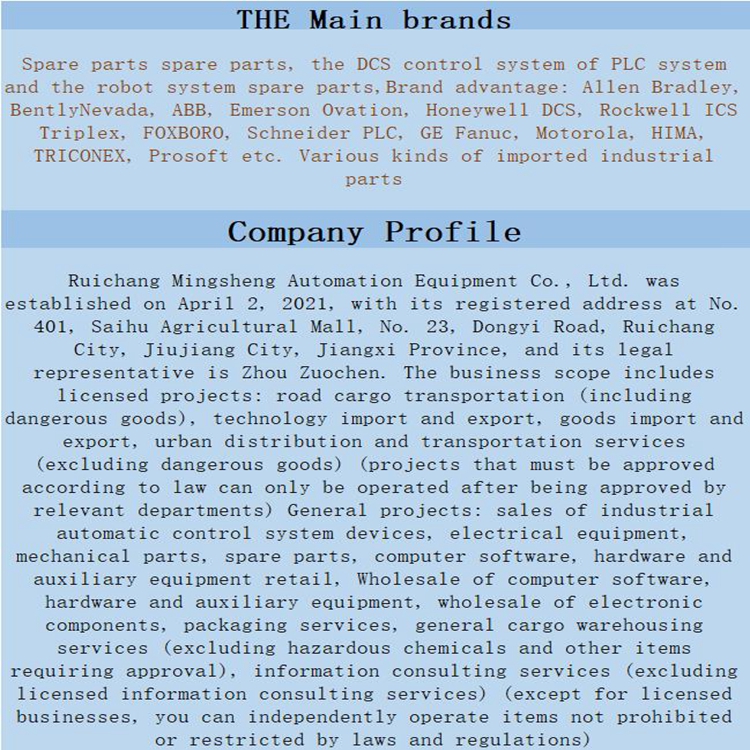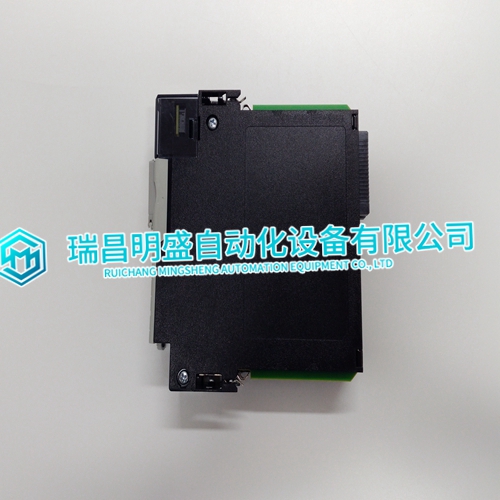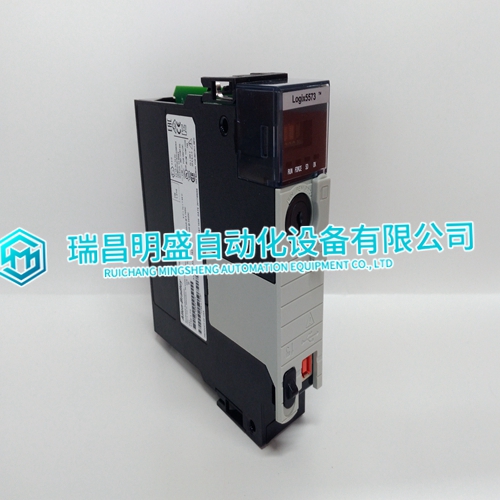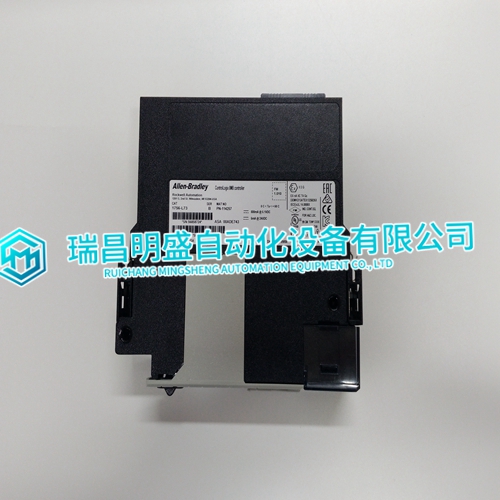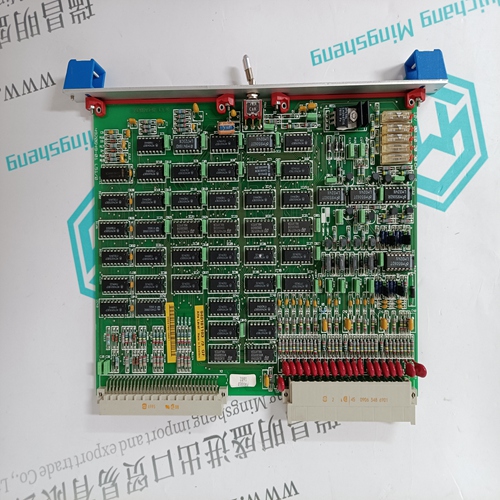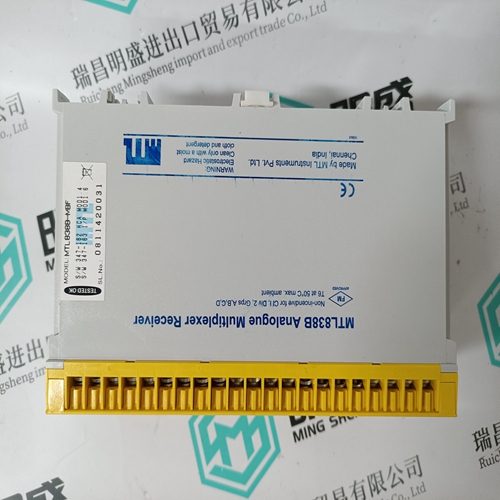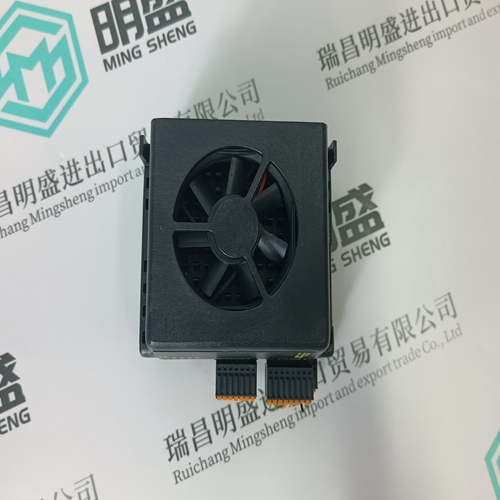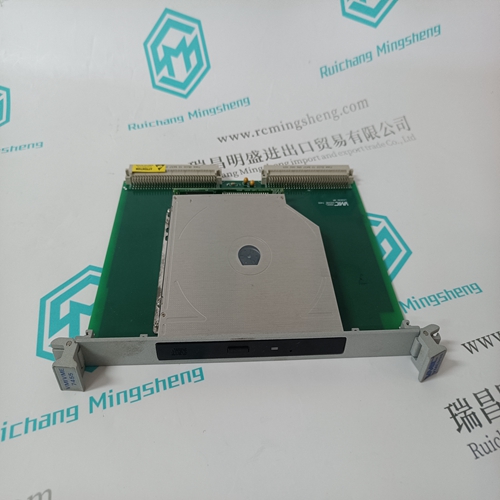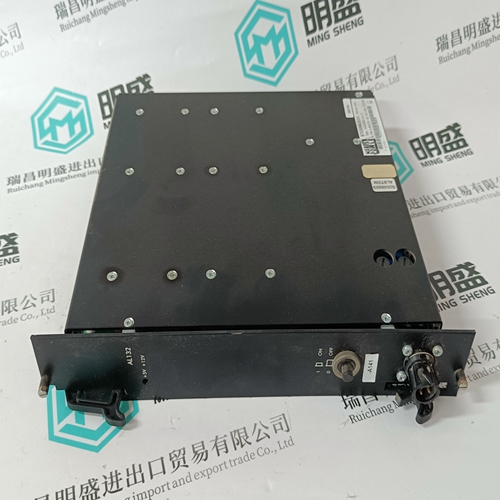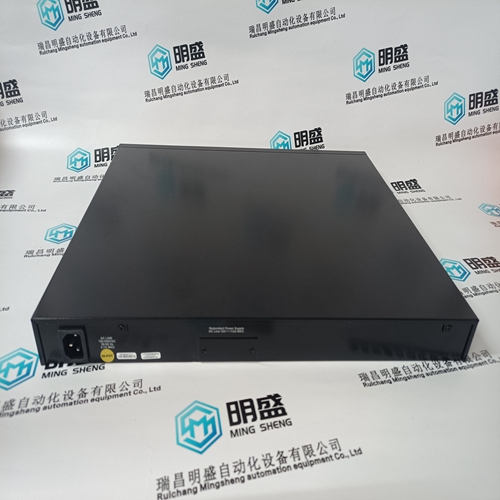Home > Product > PLC programmable module > 1756-L73/B CPU module
1756-L73/B CPU module
- Product ID: 1756-L73/B
- Brand: A-B
- Place of origin: The United States
- Goods status: new/used
- Delivery date: stock
- The quality assurance period: 365 days
- Phone/WhatsApp/WeChat:+86 15270269218
- Email:stodcdcs@gmail.com
- Tags:1756-L73/BCPU module
- Get the latest price:Click to consult
1756-L73/B CPU module
Configuring Function Codes NOTE: Refer to the Function Code Application Manual for descriptions of FCs 215, 216, and 217. The controller initializes the ASI module with the configuration data specified in FCs 215 and 216. The controller sends a command to the ASI module whenever new configuration data is entered in the controller configuration. This command causes the ASI module to read the configuration data and initialize its input processing, conversion, and compensation calculations. FCs 215 and 216 are defined in the controller to configure the ASI module and identify the active analog inputs. These function codes specify the I/O expander bus address of the IMASI13 module as well as the channel number on the analog input module connected to an analog input signal. The type of the input, as well as the zero and span in engineering units, must also be specified to insure proper scaling and corrections for field calibration or cold junction compensation. Function code specifications also contain the A/D resolution, lead wire resistance (if such a correction is desired), and primary frequency of the noise to be rejected by each input.
Configuring Inputs
Configure the IMASI13 module by setting the specifications in FCs 215 and 216 in the controller. One FC 215 is required for each analog input module and one FC 216 is required for each channel used on the analog input module. Refer to Appendix A for more information on the NTAI06 termination unit.
For cold junction compensation
the block which represents the cold junction input must also be specified. To use the analog input module’s onboard cold junction reference, set specification S3 in FC 215 to the block address of FC 215. Any channel can be used as a remote cold junction reference. In FC 216, specification S4, enter: 1xx The xx, which ranges from 01 to 99, specifies the input signal type. When an input channel is selected as a remote cold junction reference, software smoothing of the input reading takes place. This smoothing allows the temperature response of the remote cold junction reference to closely match t
